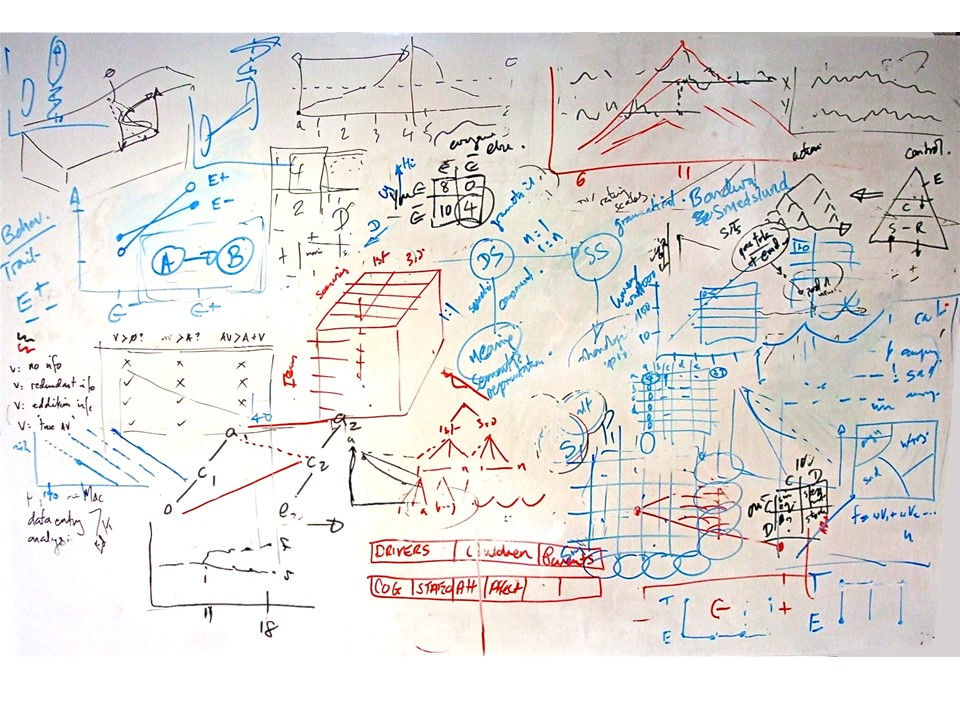
While Psychology has gathered many successes with experimental, laboratory studies, what it needs now is an approach that can account for the complexity of behaviours and events, in the real-world. This new approach should ideally use a scientific method that allows us to study human behaviour in real-world contexts while maintaining a clear, concise, and quantitative output. Such a method exists: Behaviour Sequence Analysis.
Behaviour Sequence Analysis allows for the effective investigation of complex interactions between the behaviours, actions, and events that occur in the real-world. In sequence analysis, a volume of ‘data’ (i.e., diary entries, statements, police records) are coded into behavioural categories or events. These categories or events are, by their very nature, positioned over a period of time, from minutes to hours, to days, to months etc. This allows us to see the progression of events over time periods, and understand which antecedent behaviours cause subsequent behaviours.
An example helps to clarify this. Imagine the (overly) simple case of wanting to investigate the routes people travel between cities: Oxford, Cardiff, Birmingham, Nottingham, and Sheffield. Typically, multiple people would be tested, but let’s look at the data from three people:
Journeys:
Person 1:
Oxford – Birmingham – Nottingham
Person 2:
Cardiff – Birmingham – Nottingham
Person 3:
Cardiff – Birmingham – Sheffield
This information can be put into a map (referred to as a ‘state transition diagram’).
Now, rather than presenting large volumes of diary entries or statements, we begin to see clear behavioural patterns. These diagrams, underpinned by statistical analyses, provide a clear insight into the big question: What do people do? What is the sequence of behaviours?
In the travel map, we see that people either go from Cardiff or Oxford to Birmingham. Then, from Birmingham, they either go to Sheffield or Nottingham. This is first order* sequence analysis. First order sequence analysis typically looks at links between pairs of behaviours (i.e., Cardiff-to-Birmingham; Oxford-to-Birmingham; Birmingham-to-Sheffield; Birmingham-to-Nottingham). This is the simplest form of sequence analysis and allows us to understand whether one behaviour (the antecedent) leads to a subsequent (sequitur) behaviour.
First order sequence diagrams should be interpreted as showing associations only between pairs of events or behaviours. For instance, returning to the journey map, it could be wrongly interpreted to show that a person went from Oxford to Sheffield, via Birmingham. If we look back at the original data, we can see this never actually occurred. The person starting in Oxford finished in Nottingham, not Sheffield. Therefore, when large first order sequence analysis maps are provided, care should be taken to understand that the map only shows relationships between pairs of behaviours.
There are, of course, sophisticated methods to analyse maps of greater complexity, and allow for longer chains to be interpreted. These methods will be outlined in future chapters. However, once you understand the basics in this chapter, you have the building blocks to analyse a range of sequences, from criminal behaviours, body language and deception, and risk taking, to health behaviours, expeditions, and relationships. For a summary of some of the research ReBSA are currently involved with, please see our Projects page
*Sometimes referred to as ‘lag one’ sequence analysis – explanation of the differences between lag and order can be found in later Chapters





